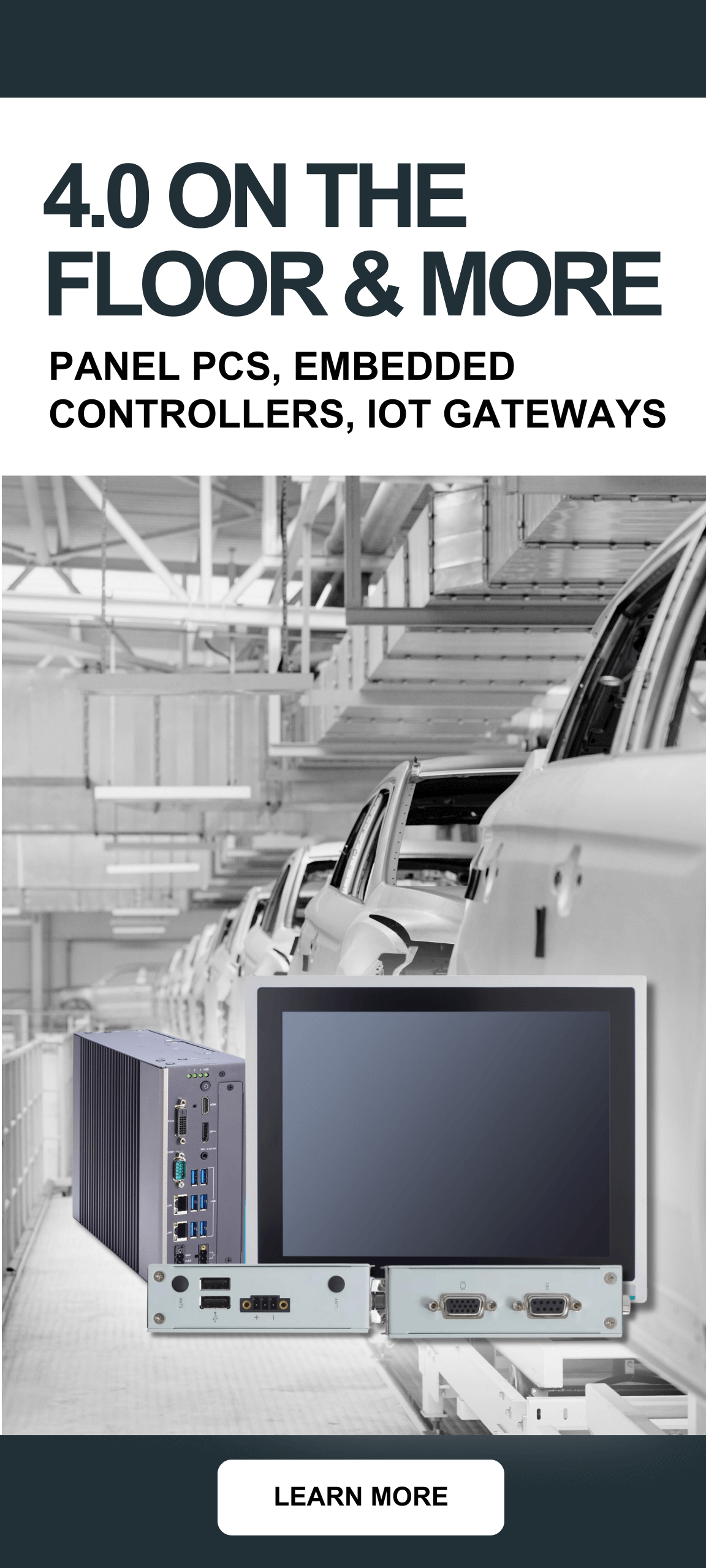
Size Matters When Saving Lives: Pico-ITX Motherboards and Medical Usage
Blog
 If there is one industry that deserves the most powerful, accurate, and efficient computer systems available, it is the medical field. The systems used by hospitals and specialist clinics vary from imaging products all the way to handheld blood analyzers. These kinds of products are essential in running medical facilities, and need to be built and maintained properly. Furthermore, the machines must keep up with the rigors of the medical field, needing to be faster and, most importantly, mobile. Form factor plays a major role in technology usage, regardless of field or discipline. Modern equipment has been chasing the “smaller is better” mentality for years, demanding a change in component manufacturing.
If there is one industry that deserves the most powerful, accurate, and efficient computer systems available, it is the medical field. The systems used by hospitals and specialist clinics vary from imaging products all the way to handheld blood analyzers. These kinds of products are essential in running medical facilities, and need to be built and maintained properly. Furthermore, the machines must keep up with the rigors of the medical field, needing to be faster and, most importantly, mobile. Form factor plays a major role in technology usage, regardless of field or discipline. Modern equipment has been chasing the “smaller is better” mentality for years, demanding a change in component manufacturing.
Pico-ITX Finds its Perfect Place
Enter the Pico-ITX: a new breed of embedded motherboards that could meet the necessary tasks of modern medical systems. Of course, this size of motherboard could not replace larger boards that run major imaging equipment or servers. But Pico-ITX systems have nevertheless carved out a sizable niche by combining powerful processing and graphical prowess in a diminutive form. Since their unveiling in 2007, these boards have only become faster and more feature rich, allowing the medical field to implement more complex and sophisticated software in the workplace.
Advantages of Pico-ITX Boards
Basically, decreasing the size of an embedded system’s motherboard means two things:
- The device can become smaller and more portable
- The power demands of the product shrink exponentially
 The main issue that stemmed from this new form comes in a sacrifice of computing power. Pico-ITX boards are able to reverse these expectations. Manufacturers can implement the latest Intel Atom® processors with Pico-ITX, providing a multicore/multiprocessor experience in a handheld device. This advancement lets Emergency Medical Technicians, or EMTs, access faster and more efficient technology that would have been relegated to the hospital setting only a few years ago. According to VDC Analyst Jared Weiner, the uptake on multiprocessor/multicore boards has been relatively slow in the medical field, even though the advantages are plentiful. The Pico-ITX form factor sits on the cutting edge of this technology, which has yet to be fully leveraged.
The main issue that stemmed from this new form comes in a sacrifice of computing power. Pico-ITX boards are able to reverse these expectations. Manufacturers can implement the latest Intel Atom® processors with Pico-ITX, providing a multicore/multiprocessor experience in a handheld device. This advancement lets Emergency Medical Technicians, or EMTs, access faster and more efficient technology that would have been relegated to the hospital setting only a few years ago. According to VDC Analyst Jared Weiner, the uptake on multiprocessor/multicore boards has been relatively slow in the medical field, even though the advantages are plentiful. The Pico-ITX form factor sits on the cutting edge of this technology, which has yet to be fully leveraged.
Coupling the processing power with a possible 4 gigabytes of DDR3 system memory, the Pico-ITX boards can handle a massive data load. OEMs can implement more sophisticated graphical user interfaces and proprietary software, and Pico-ITX systems will handily bear the weight.
Pico-ITX Handles the Heat in Silence
Heat and electronics do not mix well. Having a smaller form factor and devices means that overheating can be a major issue. Luckily, the Pico-ITX motherboard handles the heat pretty well. One would think that with a smaller volume to work with, a Pico-ITX system would have trouble with the heat. However, with an Atom processor and the right chassis and heatsink, Pico-ITX boards stay relatively cool under heavy usage. Many Pico-ITX systems, by the use of quality heatsinks and SSDs are fanless. This subtraction means a quieter, more reliable device and, by extension, a better workplace.
 Brian Luckman is the President of New Era Electronics. He has worked in the industrial OEM market for over 25 years, serving a variety of different industries, gaining a strong reputation for his expertise and a thorough understanding of how to properly service OEM customers. In 2000 he began New Era Electronics and the company continues to grow. He’s a husband and father and enjoys exploring the outdoors.
Brian Luckman is the President of New Era Electronics. He has worked in the industrial OEM market for over 25 years, serving a variety of different industries, gaining a strong reputation for his expertise and a thorough understanding of how to properly service OEM customers. In 2000 he began New Era Electronics and the company continues to grow. He’s a husband and father and enjoys exploring the outdoors.
Creative Commons Attribution: Permission is granted to repost this article in its entirety with credit to New Era Electronics and a clickable link back to this page.




